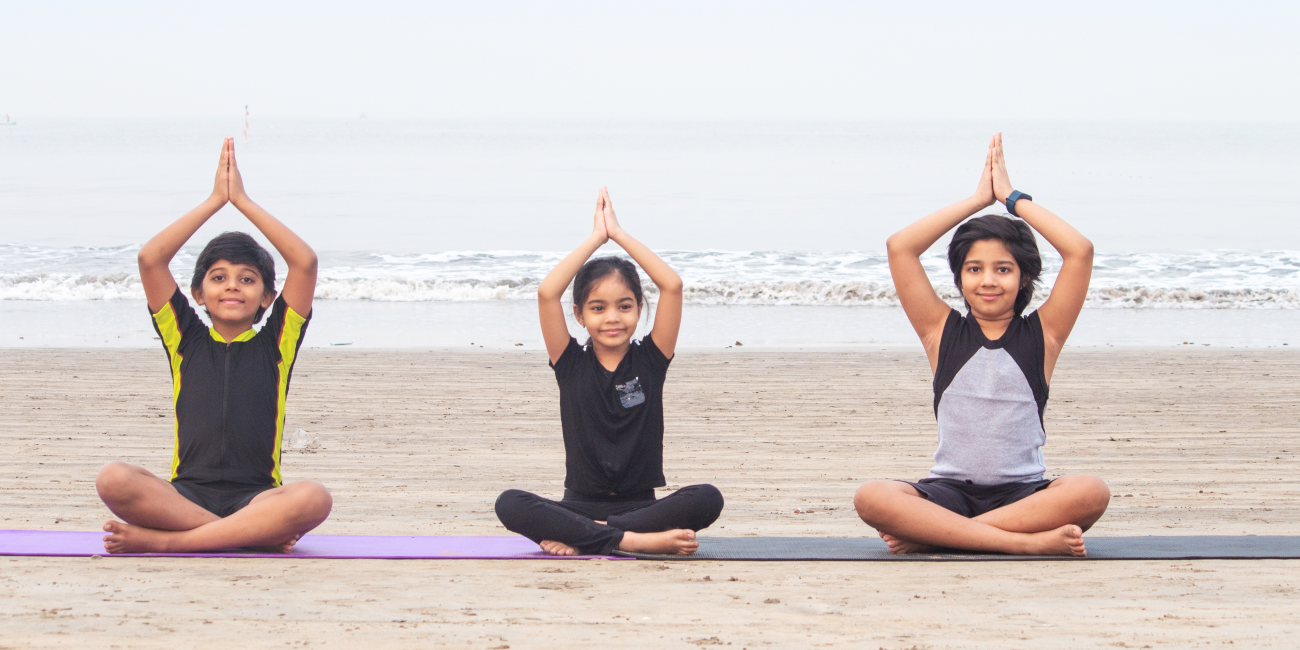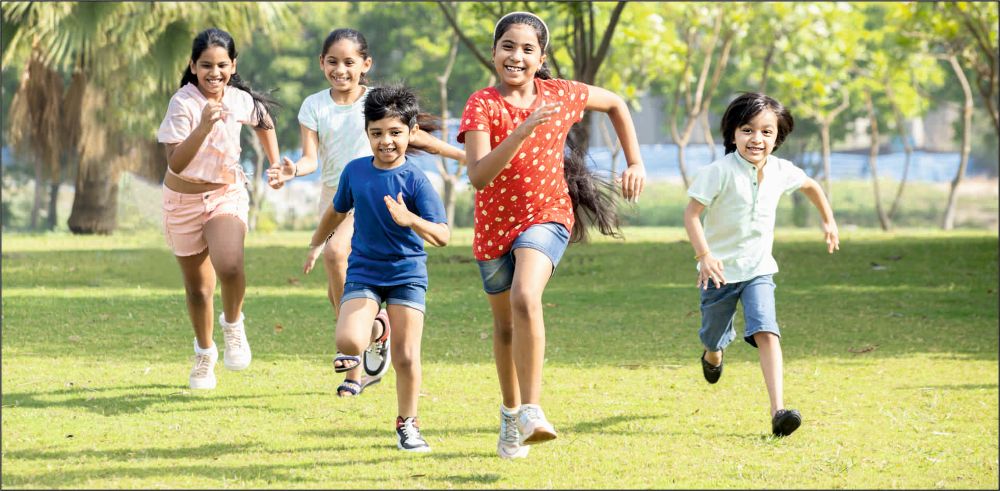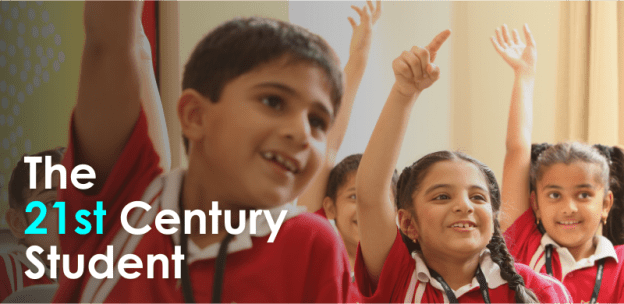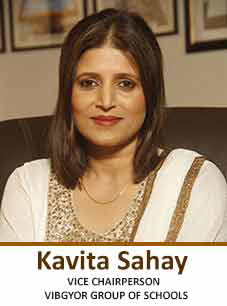![]()
Children can benefit from yoga on International Yoga Day, improving physical, mental, and emotional well-being by incorporating it into their daily routines. An ancient practice that originated in India, Yoga is renowned for its physical, mental, and emotional benefits. While it might seem like a discipline more suited for adults seeking calm and fitness, yoga also holds immense potential for children.
Maintaining a healthy lifestyle is paramount for individuals of all ages, especially in our fast-paced modern world. While adults can still find time to incorporate activities like working out at the gym, running, or yoga into their schedules, children often get caught up in the whirlwind of schoolwork, extracurricular activities, and digital entertainment, neglecting their overall well-being.
The pressures of modern life can easily encroach upon the precious moments of play and relaxation that are vital for their health. It is crucial to introduce children to practices that can help them navigate these pressures in a healthy manner. One such practice is yoga, and what better day to start than on International Yoga Day?
An ancient practice that originated in India, Yoga is renowned for its physical, mental, and emotional benefits. While it might seem like a discipline more suited for adults seeking calm and fitness, yoga also holds immense potential for children. Research has demonstrated that yoga and mindfulness practices can significantly enhance both physical and mental health in school-age children (ages 6 to 12). Yoga has been shown to improve balance, strength, endurance, and aerobic capacity in children. Additionally, yoga and mindfulness offer psychological advantages as well. A growing body of evidence suggests that yoga can improve children’s focus, memory, self-esteem, academic performance, and classroom behaviour.
Children today face unprecedented levels of stress and anxiety stemming from academic pressures, social challenges, and the pervasive influence of technology. In addition to physical health, yoga significantly impacts mental and emotional well-being. It teaches mindfulness, a practice that helps children stay present and focused. Breathing exercises and meditation techniques can reduce anxiety, improve concentration, and foster a sense of inner peace.
For growing children, physical activity is indispensable. Yoga provides a holistic approach to exercise, enhancing flexibility, strength, and coordination. Unlike competitive sports, yoga emphasizes personal growth and self-awareness. As children practice various poses, they become more attuned to their bodies, learning to appreciate and respect their physical capabilities. This self-awareness can lead to healthier lifestyle choices as they grow older.
Yoga sessions often include group activities that promote collaboration and empathy. Partner poses and group exercises can help children develop social skills and build a sense of community. They learn to support each other, communicate effectively, and resolve conflicts amicably. These social-emotional skills are crucial for their overall development and future relationships.
It is essential to incorporate yoga in playtime. However, transforming playtime into zen time doesn’t mean taking away the fun. On the contrary, yoga can be integrated into play in creative and engaging ways. Animal poses like the downward dog, cobra, frog, crow, and cat can especially appeal to young children. Pranayama and deep breathing exercises can help alleviate anxiety, stress, and hyperactivity. Story-based yoga sessions, where poses are woven into narratives, can captivate their imaginations while imparting the benefits of yoga.
International Yoga Day, celebrated on June 21st, is the perfect opportunity to introduce yoga to children. Schools, community centres, and families can organise special yoga sessions, workshops, and events to mark the occasion. Encouraging children to participate in Yoga Day can set the stage for incorporating yoga into their daily routines.
By introducing children to the powerful tools of yoga, we can inspire a new generation to embrace this ancient practice, turning their playtime into zen time and setting them on a path toward holistic well-being. Let’s encourage our children to unroll their mats, take a deep breath, and embark on a journey of self-discovery and wellness. Happy Yoga Day!
(Author: Mr. Shaji Kuttiani, Director Sports Events, VIBGYOR Group of Schools)




